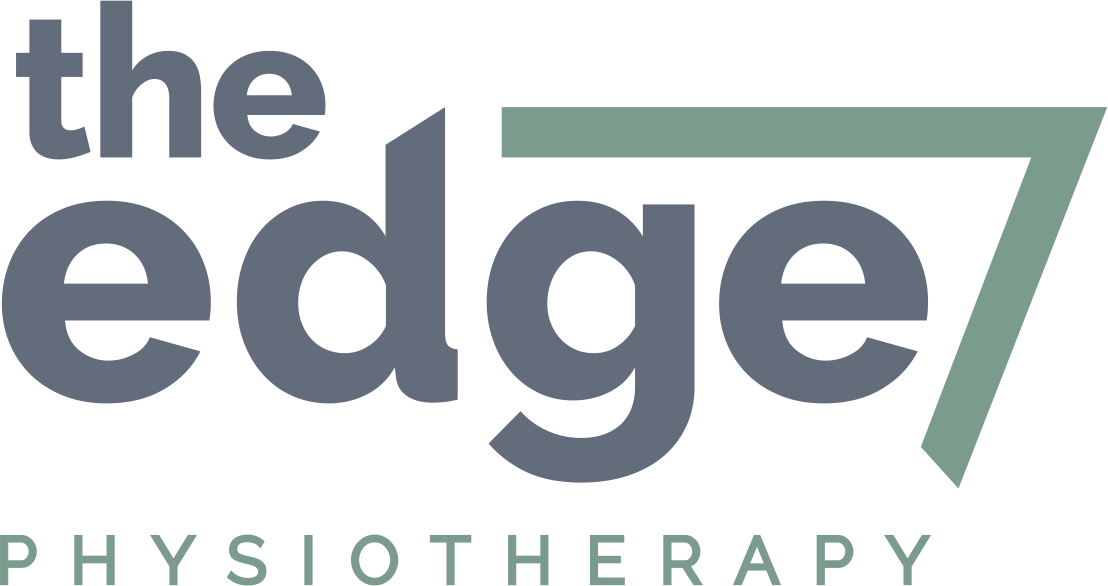Scheuermanns Disease…a slouched posture
in a previous post I discussed common presentations in children with back pain such as pars defect and Spondylolisthesis. This week I thought I’d discuss another common reason children experience back pain, Scheuermann’s Disease. A comparatively under-research area of study, especially in relation to other forms of back pain, Scheuermann’s Disease, is a curving of the thoracic spine (the middle of the back) causing a ‘hunchback’ or as I commonly refer to as ‘Quasimodo’ posture. It is most often found in children, usually adolescents anywhere from ages 10 and up with mid to lower back pain of insidious onset. There is some evidence to suggest there is a hereditary component to this condition, but it can occur in any child regardless of their activity level, size or health status.
How is it diagnosed? quite often it isn’t, and most often I will have a patient who has been experiecning back pain on and off for almost years at a time without explanation. In these cases, radiological signs are often used for diagnosis, along with clinical findings. A plain lateral view x-ray will show Schmoris Nodes in the thoracic vertebrae (which is micro trauma at the end plate of the bone), anterior wedging of at least 3 vertebrae and curvature of the spine anything over 45 degrees is definitive of a diagnosis.
What do we see in the clinic? Generally these are children with unexplained back pain, aching in nature which can be in the mid to lower back. Usually there aren’t any leg symptoms like pain or neurological symptoms. It can coincide with neck and shoulder pain, and sometimes headaches. Posture wise, they don’t necessarily look slouched, especially in the athletic cohort. But they will experience back pain during and after sports that require back extension strength: such as butterfly swimming and gymnastics; or just from sitting at their desk for too long.
In terms of therapy, these patients respond well to manual therapy such as massage, spinal manipulation and so on, but will always return with symptoms once re-irritated. Physiotherapists work closely with patients and families to help their children though these phases of growth to maintain flexibility and trunk/core strength. In some rare cases surgery is used in severe kyphotic curves but it isn’t common.
Long term these patients don’t necessarily have ongoing back pain, but as always, it is dependent on how well it is managed during these crucial phases of growth.
If you have any questions regarding this post, or you are concerned about your child and back pain get in touch with us.
Sam and Andy


